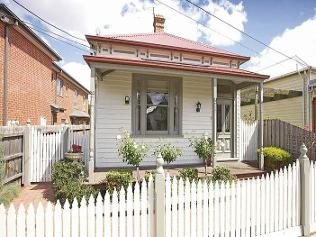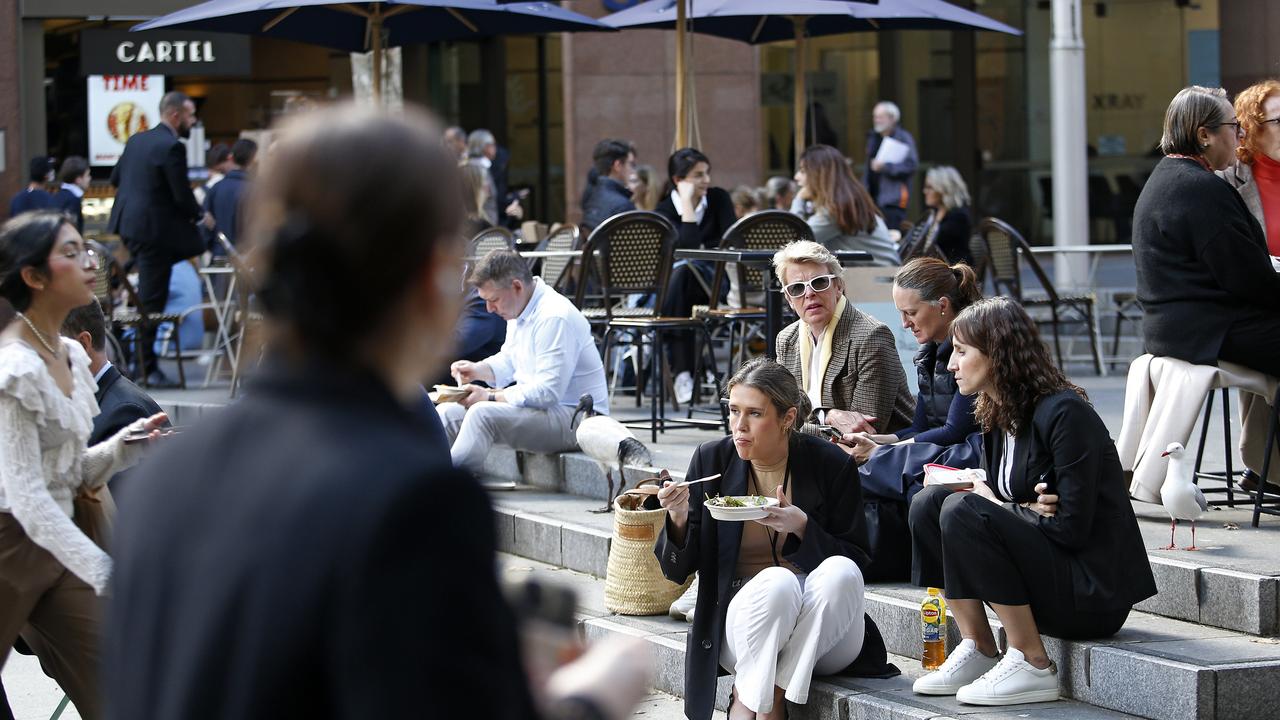Households shunning fixed home loans
A RECORD number of households are choosing variable-rate home loans over fixed-rate loans.

TOMORROW'S interest rate decision will affect more Australians than ever, as a record number of households shun fixed-loan rates in favour of variable loans.
Despite the increased volatility of variable mortgages, more households have chosen to ride the roller-coaster of moving interest rates rather than lock into fixed loans.
Fixed rates have slumped to less than 1 per cent of all new loans, according to recent surveys, compared with the traditional level of 10 per cent.
The Reserve Bank board meeting tomorrow will decide if interest rates will rise for the first time this year.
According to lending experts, despite protecting borrowers from further rises, fixed rates are still perceived as too high and too expensive.
Financial research company InfoChoice chief executive Shaun Cornelius says many borrowers were stung by high exit fees from fixed loans.
"The higher cost is a key driver for more than 90 per cent of new home loans being variable," he says.
"Another key factor to the popularity of variable rate loans is the lower exit fee, such as $600 to $700 compared to potentially several thousand dollars for a fixed-rate mortgage."
"Lower exit fees also mean more flexibility in future if they choose to refinance with another lender," Cornelius says.
Mortgage Choice senior manager Kristy Sheppard says that, for the second consecutive month, fixed loans account for just 1 per cent of home loan approvals a trough not recorded since 2003.
"When you look at the comparative cost between fixed and floating rates, it's not at all that surprising that 99 per cent of new residential buyers are choosing variable home loans over fixed," she says.
"It appears most new borrowers are looking at the difference between the two loan types and thinking they feel more comfortable paying less and riding the variable rate rollercoaster, despite the almost certain rate rises coming up this year.
"The trend says a lot about the ability of these borrowers to withstand a number of increases to repayments and their reluctance to pay a premium for the feeling of security and comfort that steady (fixed) repayments offer.
"Let's hope lenders do not disappoint and shock new borrowers, with interest rate movements above and beyond that of the Reserve Bank, and knock their confidence."
According to InfoChoice, the gap between fixed and variable rates of the big four banks, on a three-year term, means households would pay $200 extra a month if they have a fixed $300,000 mortgage.
The cost blowout for fixed loans is even greater if borrowers compare variable rates from outside the major four banks.
The gap widens to almost $300 a month between a fixed rate and a low-cost variable mortgage with a non-bank lender, Cornelius says.



